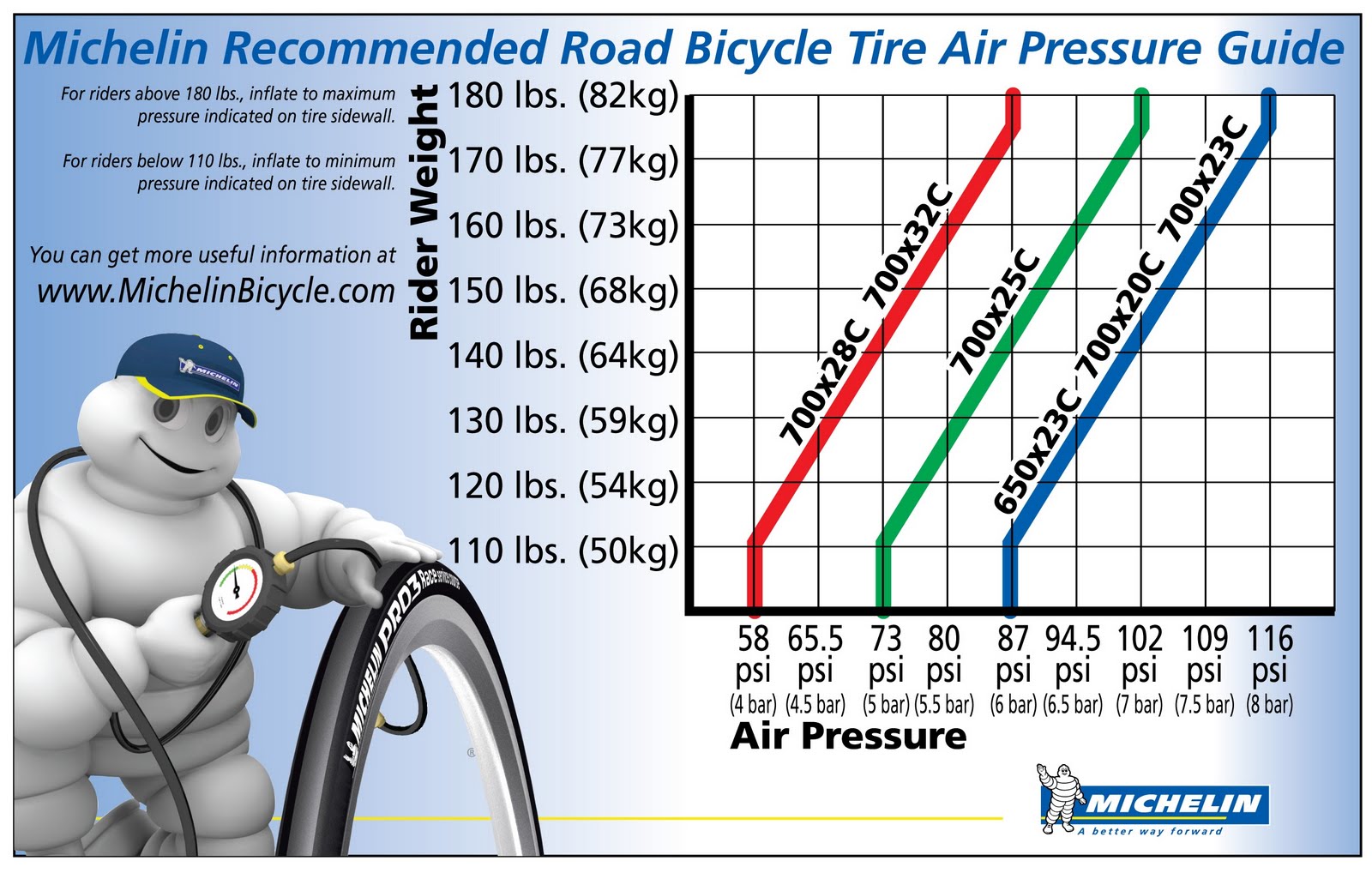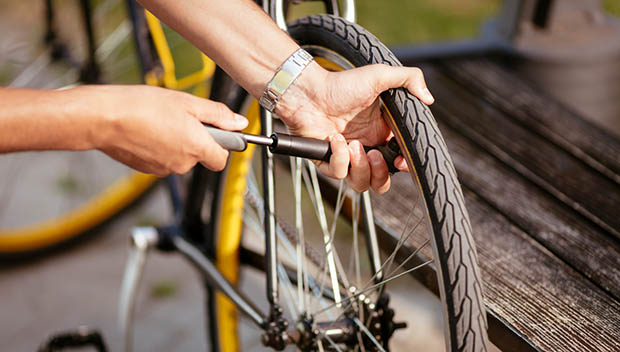Why Regular Tire Maintenance is Crucial for Safe Cycling
Regular tire maintenance is essential for safe cycling, as worn-out tires can lead to accidents and injuries. Failing to replace a bike tire in a timely manner can result in a blowout, loss of control, or even a crash. Moreover, riding on worn-out tires can cause fatigue, decreased performance, and increased risk of punctures. By learning how to replace a bike tire, cyclists can ensure their safety on the road and enjoy a smoother, more efficient ride. In fact, a well-maintained tire can improve overall bike performance, reduce the risk of mechanical failures, and provide a more comfortable cycling experience. By prioritizing regular tire maintenance, cyclists can avoid costly repairs, reduce downtime, and get back to enjoying their ride.
Preparing for a Tire Change: Essential Tools and Materials
Before diving into the process of how to replace a bike tire, it’s crucial to gather the necessary tools and materials to ensure a successful and stress-free experience. The essential tools required for a tire change include tire levers, which are used to pry the tire off the rim, and a spare tube, which will replace the old one. Additionally, tire patches, a pump or CO2 cartridge, and wheel chocks or a bike stand can be useful in the process. Having these tools and materials at hand will save time and frustration, allowing cyclists to focus on the task at hand. By being prepared, cyclists can ensure a smooth and efficient tire replacement process, getting them back on the road in no time.
Removing the Old Tire: A Step-by-Step Guide
When learning how to replace a bike tire, removing the old tire from the rim is a crucial step. To begin, deflate the tire completely to make it easier to work with. Next, use tire levers to loosen the tire beads by prying them away from the rim. Work your way around the tire, using multiple levers if necessary, until the beads are loose. Once loose, use the levers to remove the tire from the rim, taking care not to pinch or damage the tube. If the tire is particularly stubborn, use a bit of lubricant, such as soap or silicone spray, to help it come off more easily. With the tire removed, set it aside and prepare to inspect and clean the rim for the new tire. By following these steps, cyclists can successfully remove the old tire and move on to the next stage of the replacement process.
Inspecting and Preparing the Rim: A Critical Step
After removing the old tire, it’s essential to inspect the rim for any damage or debris that may affect the installation of the new tire. Start by visually inspecting the rim for any signs of wear, rust, or corrosion. Check for any sharp edges or burrs that could cause damage to the new tire or tube. Next, use a soft brush or cloth to remove any dirt, grime, or old adhesive from the rim. This will ensure a clean surface for the new tire to adhere to. If necessary, use a mild cleaning solution and a soft-bristled brush to remove any stubborn debris. Once the rim is clean, use a dry cloth to remove any excess moisture. By taking the time to properly inspect and prepare the rim, cyclists can ensure a smooth and successful tire installation, and avoid any potential issues down the road. This critical step is often overlooked, but it’s a crucial part of learning how to replace a bike tire.
Installing the New Tire: Tips and Tricks
With the rim prepared, it’s time to install the new tire. To begin, place the new tire onto the rim, ensuring that the tire beads are properly seated. Use tire levers to align the beads and work your way around the tire, making sure they are securely in place. Next, inflate the tire to the recommended pressure, using a pressure gauge to ensure accuracy. It’s essential to inflate the tire slowly and carefully, as over-inflation can cause the tire to burst. Once inflated, inspect the tire to ensure it is properly seated and centered on the rim. If necessary, use tire levers to make any adjustments. By following these steps and tips, cyclists can successfully install a new tire and get back to riding with confidence. Remember, learning how to replace a bike tire is a skill that requires patience and practice, but with the right guidance, anyone can master it.
Tire Pressure and Inflation: Getting it Just Right
Proper tire pressure and inflation are crucial for optimal bike performance, safety, and tire longevity. Under-inflated tires can lead to reduced traction, increased rolling resistance, and a higher risk of punctures. On the other hand, over-inflated tires can cause uneven tire wear, reduced comfort, and a higher risk of blowouts. To get it just right, cyclists should check their tire pressure at least once a week, and before long rides. Use a pressure gauge to ensure accuracy, and refer to the manufacturer’s recommended pressure range, which can be found on the sidewall of the tire or in the owner’s manual. When inflating the tire, do so slowly and carefully, checking the pressure frequently to avoid over-inflation. Remember, learning how to replace a bike tire is not just about installing a new tire, but also about maintaining it properly to ensure a smooth and safe ride. By following these tips, cyclists can optimize their tire pressure and inflation, and enjoy a more comfortable and confident ride.
Troubleshooting Common Issues: Tips for a Smooth Ride
Even with proper installation and maintenance, issues can still arise during or after a tire change. However, by being prepared and knowing how to troubleshoot common problems, cyclists can minimize downtime and get back to riding quickly. One common issue is a flat tire, which can be caused by a puncture, improper inflation, or a faulty tube. To fix a flat tire, cyclists should first identify the source of the leak, then patch the tube or replace it if necessary. Another common issue is uneven tire wear, which can be caused by improper tire pressure, misaligned wheels, or worn-out tires. To address uneven tire wear, cyclists should check their tire pressure regularly, ensure proper wheel alignment, and consider rotating their tires to promote even wear. By knowing how to replace a bike tire and troubleshoot common issues, cyclists can enjoy a smooth and confident ride, free from the stress and frustration of unexpected problems.
Conclusion: Replacing a Bike Tire with Confidence
Replacing a bike tire may seem like a daunting task, but with the right knowledge and tools, it can be a straightforward process. By following the steps outlined in this article, cyclists can learn how to replace a bike tire with confidence and ease. Remember, regular tire maintenance is crucial for safe cycling, and knowing how to replace a bike tire is an essential skill for any cyclist. From preparing the necessary tools and materials to troubleshooting common issues, this guide has provided a comprehensive overview of the bike tire replacement process. With practice and patience, cyclists can master the art of bike tire replacement and enjoy a safe and enjoyable ride. So, don’t be intimidated by the thought of replacing a bike tire – take the first step today and learn how to replace a bike tire with confidence!







